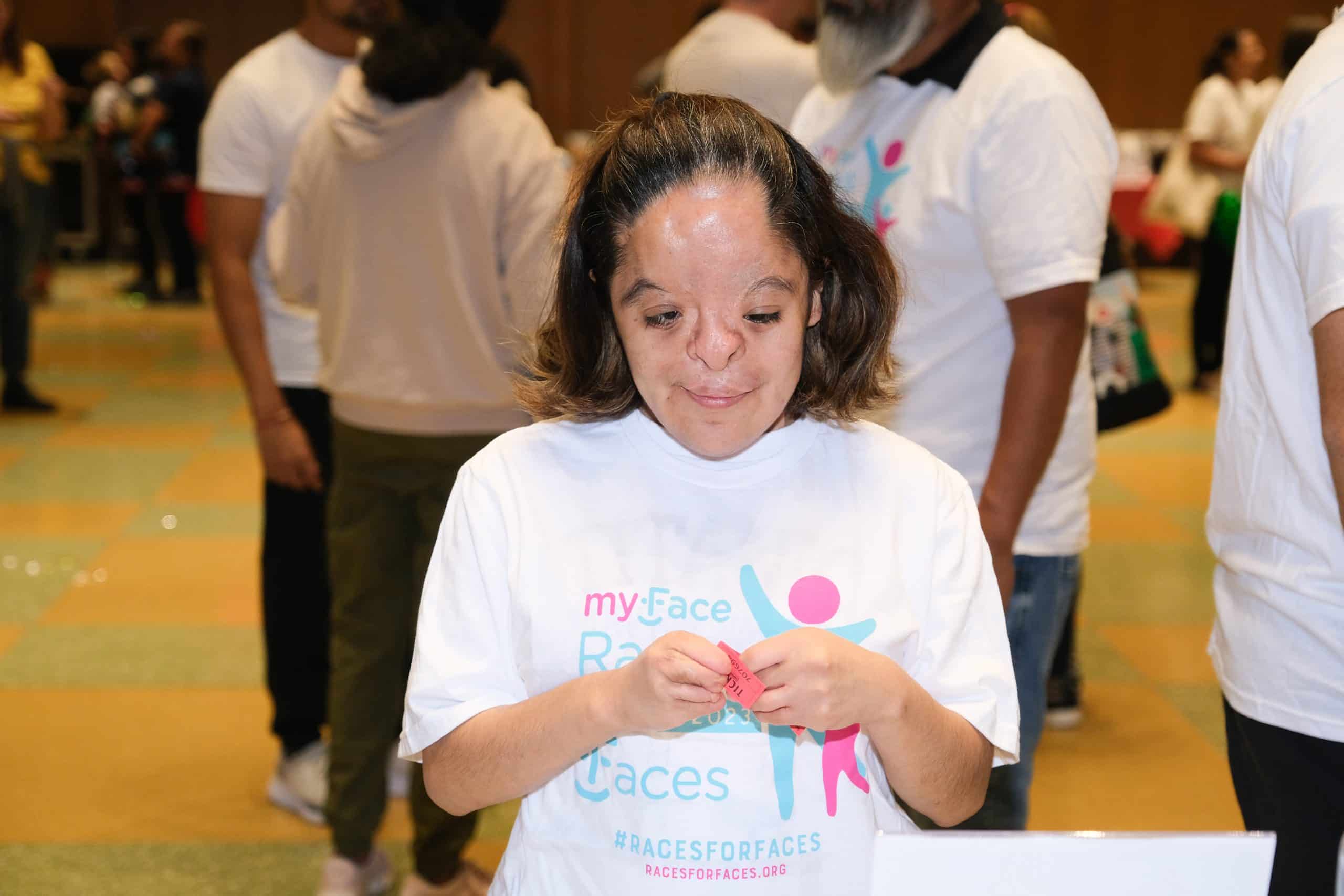Amniotic Band Syndrome
Craniofacial Conditions > Amniotic Band Syndrome
What is Amniotic Band Syndrome?
Amniotic Band Syndrome (ABS) is a rare congenital condition that occurs during fetal development. Fibrous bands from the amniotic sac encircle limbs, digits, the neck, face, or other body parts. This may be associated with a range of abnormalities – including intrauterine amputations (Gray Laboratory Cancer Research Trust, 1999).
Amniotic Band Syndrome occurs when the unborn baby (fetus) becomes entangled in fibrous string-like amniotic bands in the womb, restricting blood flow and affecting the baby’s development.
Amniotic Band Syndrome (ABS)
- Overview: A rare congenital condition in which an unborn baby becomes entangled in fibrous string-like amniotic bands in the womb, restricting blood flow and affecting the baby’s development.
- Prevalence: Amniotic Band Syndrome affects between 1 in 1,200 to 1 in 15,000 live births.
- Causes: Random occurrence
- Developmental effects: Potential for missing limbs, deformed limbs, clubfeet and hands, missing digits, cleft lip and palate
- Treatment: Varies, depending on the effected area(s) of the body and deformity severity. Amputation and/or reconstructive surgery is common after birth.
How does Amniotic Band Syndrome affect a child’s development?
ABS is the cause of numerous miscarriages, such as when a band becomes wrapped around the umbilical cord. If the baby does survive, Amniotic Band Syndrome can cause a number of different birth defects depending on which body part(s) is affected.
- Arms and Legs – If a band wraps tightly around a limb, the baby may be born missing part of an arm or leg, or the limb can even be completely amputated.
- Extremities – In a large number of cases the baby is born with clubfeet.
- Digits – The baby may be born missing fingers, toes.
- Face – If the band is across the baby’s face it can cause a cleft lip and palate.
How common is ABS?
Amniotic Band Syndrome affects between 1 in 1,200 to 1 in 15,000 live births.

What are the treatment options for an infant with Amniotic Band Syndrome?
For infants diagnosed with Amniotic Band Syndrome (ABS), it’s vital to plan delivery at a facility equipped with specialists such as neonatologists and surgeons in pediatrics, plastic surgery, and orthopedics. The treatment for ABS varies, focusing on the syndrome’s specifics and deformity severity. Immediate delivery might be necessary for cases with umbilical cord involvement to avoid fetal distress.
Upon birth, evaluating the extent of ABS is crucial, although signs may not always be visible immediately. Treatment for limb involvement depends on the deformity’s severity, ranging from minor interventions to correct constrictive bands to more extensive surgeries for severe deformations, including those resembling amputation.
ABS affecting the face and head may require multiple reconstructive surgeries to address severe anomalies, such as facial clefts or absence of eyes, aiming for a satisfactory cosmetic outcome.
What causes Amniotic Band Syndrome?
Amniotic Band Syndrome occurs randomly. It’s not genetic, nor is it caused by anything a pregnant Mom did or didn’t do during pregnancy. To date, no prenatal factors have been associated with ABS, and it is extremely unlikely that ABS will affect a future pregnancy.
Meet Claudia, who lives with ABS
If you have a free moment, listen to myFace Star, Claudia, sing her moving rendition of “Hallelujah.” She lives with Amniotic Band Syndrome.








